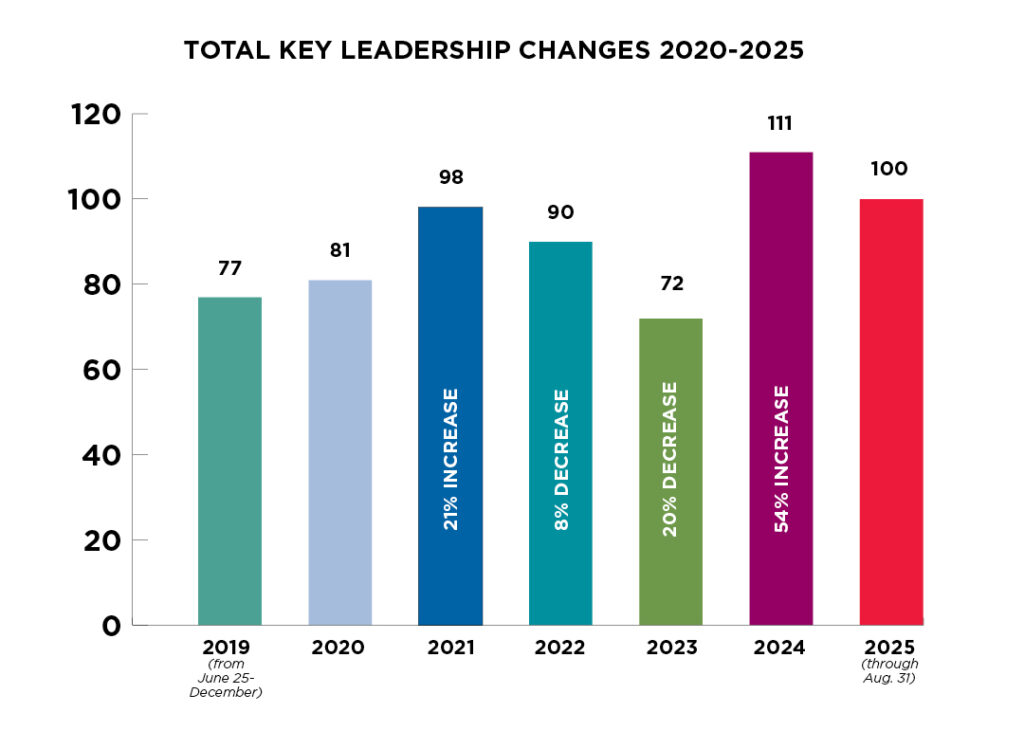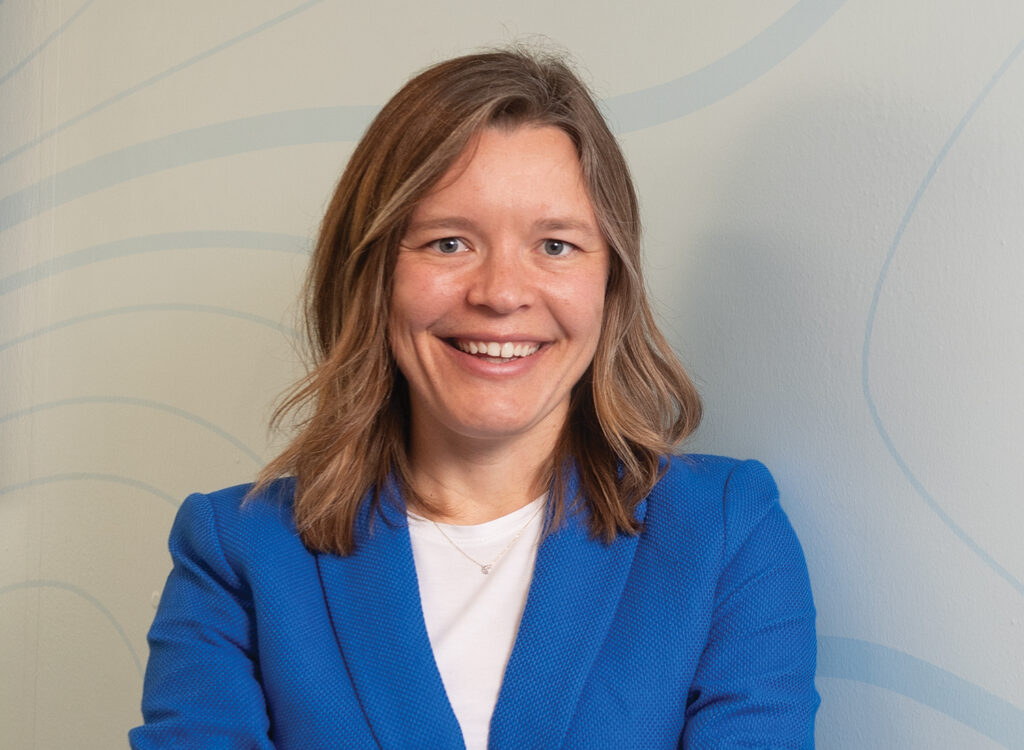Going mobile
Insurance startups flip expectations at GIS showcase

KATE HAYDEN May 16, 2018 | 1:59 pm
4 min read time
998 wordsBusiness Record Insider, Innovation and EntrepreneurshipIn the next few years, you might be saying goodbye to that file cabinet of insurance policies.
In April’s final presentations at the Global Insurance Symposium, each pitch rejected the most common accusation leveled at large insurance companies — the inability to innovate — offering white-label and mobile-to-consumer solutions instead of the headache of policy shopping.
“When you look at where they ended up on Wednesday with the final presentation, we were over the moon,” Global Insurance Accelerator Director Brian Hemesath said of the cohort’s final pitches. “They showed up, they nailed their presentations. … It’s a certain level of polish to feel confident enough in your presentation to get up there and just talk, instead of trying to read from a script.”
“It’s not about being entertained, but we do want to bring some level of ‘I enjoyed the last 90 minutes. I learned something,’ ” Hemesath said. “We do want to make sure they’re well perceived with our audience.”
This year’s GIA cohort welcomed representatives from eight startups — three of which were international (from Canada, Mexico and the U.K.), and none of which were native to the Midwest. By the end of the 100 days, three participating startups had announced pilots with companies, Hemesath said.
“What stood out about this class — the first three years’ worth of pioneering their way into these insurance companies opened the door for this fourth year, to have the carriers ready to know how to ask the right questions,” Hemesath said. “They’ve cut their teeth on what it’s like to work with a three-person company that’s got a really cool idea. This cohort, and I think future cohorts, are all going to reap the benefits of those future pioneers.”
Although 2018 ushered two more companies into Des Moines for the accelerator, organizers don’t see another growth spurt coming in 2019.
“We’re focused on the quality, and I think you can’t help but lose some of the quality with a larger class size,” Hemesath said.
Now that the 2018 cohort has left Des Moines, Hemesath and program manager Megan Brandt are collecting feedback and revisiting the program’s needs before opening applications for 2019 later this summer. The GlA’s board of directors has asked to see a stronger emphasis on how startups navigate raising capital and establishing pilots, Hemesath said.
The GIA is also preparing for Insurtech Week Oct. 22-26 in Des Moines, which typically hosts a larger number of startup companies that can’t commit to the GIA’s annual 100-day session. Last year, Insurtech Week attracted 15 startups for three days of networking with larger insurance corporations. Applications and more information for Insurtech Week will be available in late June, Hemesath said.
“What we do is pretty simple. We’re trying to connect startups to the industry,” Hemesath said.
Meet the 2018 cohort of the Global Insurance Accelerator:
AUTHORITYDATA: Insurance companies haven’t yet dug into the benefits that households operating under the internet of things (IoT) smarthome devices can offer, co-founder Tom Smith said. His take: Let AuthorityData work between the consumer and the insurance company. AuthorityData uses smarthome devices installed by the homeowner to determine a property score based on risks mitigated by IoT devices.
BYEO: Co-founder Avril Gomez and her family spent nearly a year after her father’s death trying to track down all his assets, including a life insurance policy he had never shared. Byeo is an app intended to protect other families from the same stress. Users can designate a digital vault on Byeo for all sensitive information, organize insurance policies and designate beneficiaries paper-free, designate a digital executor for social media, and write or record posthumous video messages for loved ones.
INSUREDMINE: InsuredMine consolidates all of a customer’s insurance policies into one paperless suite — creating value not only for the customer, but also for their agent, who can use the data to identify what assets a client has and what new policies the client can benefit from. With the client’s permission, InsuredMine can also access the client’s social media accounts and send triggers to an agent’s inbox when InsuredMine identifies a new policy the client is eligible for, co-founder Raution Jaiswal said.
INSURMI: Founder Sonny Patel’s Insure Chat product is the white-label chatbot that serves millennials and legacy insurers alike, Patel said. The Insurmi chatbot offers digital natives an instant online guide to identifying coverage needs, getting a quote and applying for a policy in minutes — while insurance teams track the chatbot’s progress on a dashboard, and can customize the chatbot based on the specialty product being sold.
JAUNTIN: Insurance can be on-demand, co-founder Maya Strasser said. Jauntin’s mobile platform allows consumers to turn their insurance policies on and off with the swipe of their finger — paying only for the coverage they use, be it one week or one hour. For travelers, the platform reminds users to turn on their policies when they approach geo-fenced national borders or an airport, but the implications of micro-policies can stretch well beyond traveling, Strasser said.
LVLFI: Founder Alex Devoto wants to decrease the levels of health insurance claims through mobile games. Devoto’s mobile games platforms lets employers and insurers alike incentivize employees through active mobile gaming, tracking the user’s steps through wearable tech and ultimately decreasing the risk of claims from disease or injury.
PROTECTRISK: Founder Asseged Major’s
platform aims to streamline the commercial insurance marketplace, matching the right consumers, brokers and insurance underwriters together, especially when businesses require high-risk or specialty coverage.
RISKPOSSIBLE: Risks for insurers are never static, co-founder Michael Desiato said. RiskPossible designed the Continuous Underwriting Engine to help property and casualty insurers continuously assess risks by monitoring public and proprietary data sources — from monitoring a public Facebook page to identifying new licenses granted by a state to a business. Once the engine identifies an industry-specific trigger, the underwriter is alerted to take action on a policy.
AuthorityData: https://bit.ly/2wjpou1
Byeo: https://bit.ly/2K2R4pd
InsuredMine: https://bit.ly/2HWdRWP
Insurmi: https://bit.ly/2wtE61R
Jauntin: https://bit.ly/2wjuXbP
LVLFi: https://bit.ly/2jD8bSY
ProtectRisk: https://bit.ly/2HWHTtM
RiskPossible: https://bit.ly/2I4zEYk









